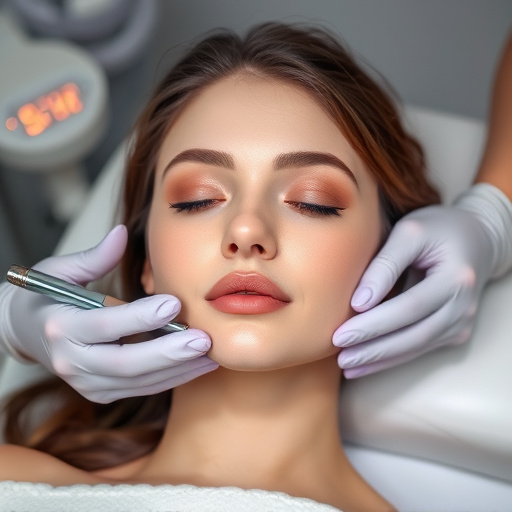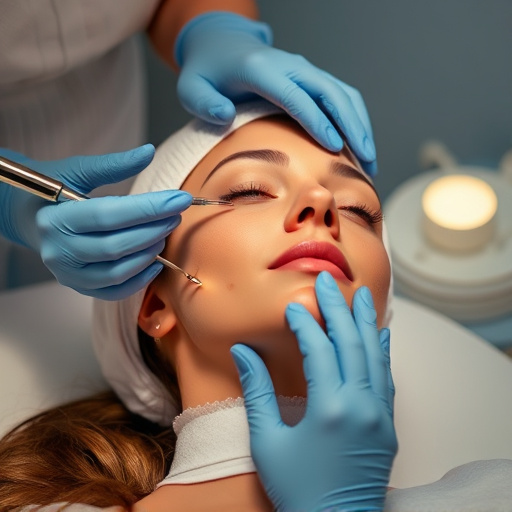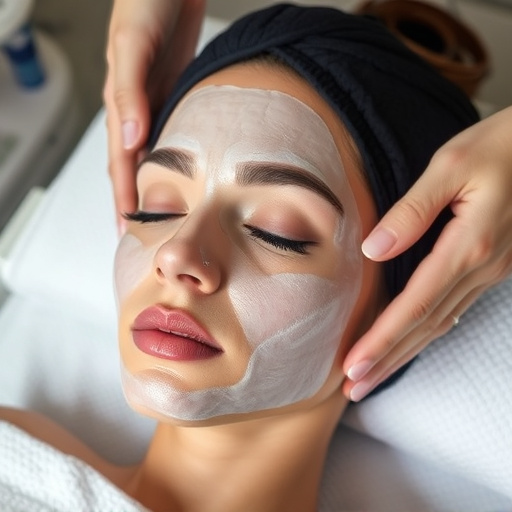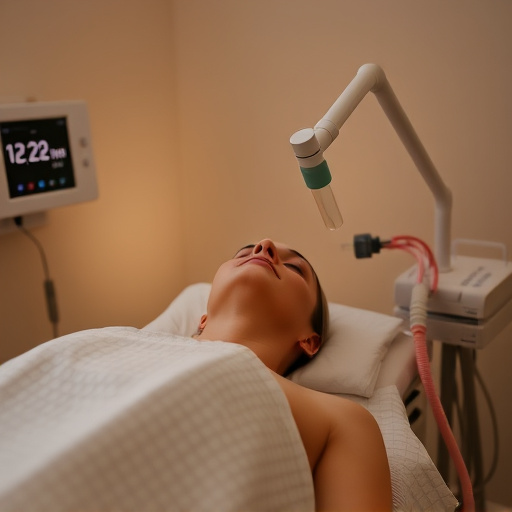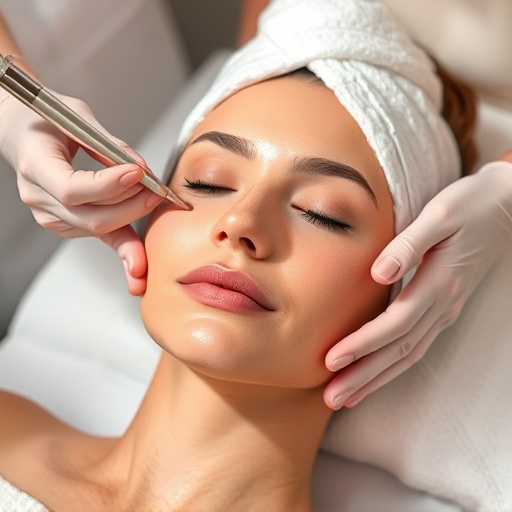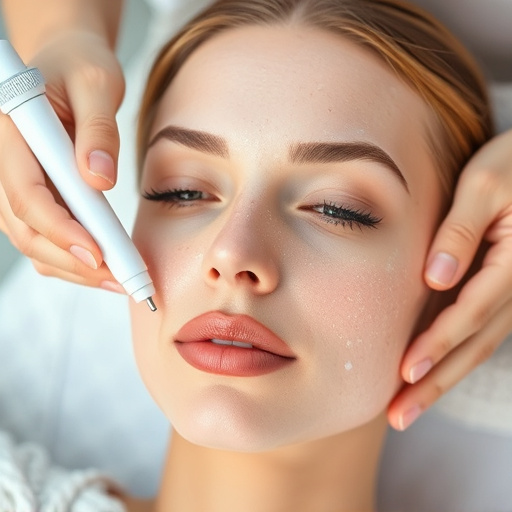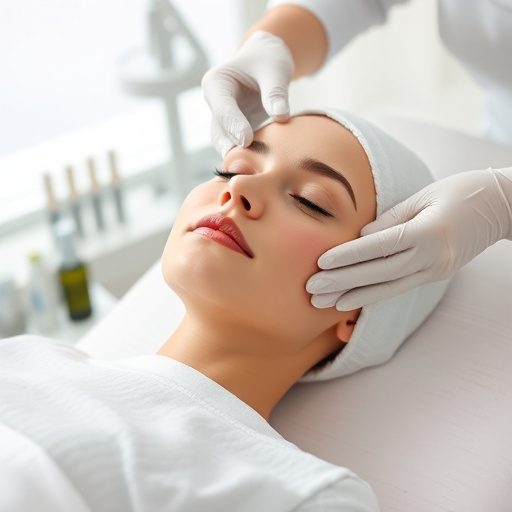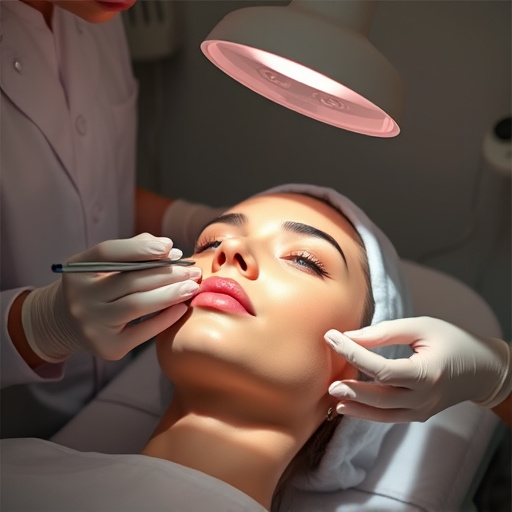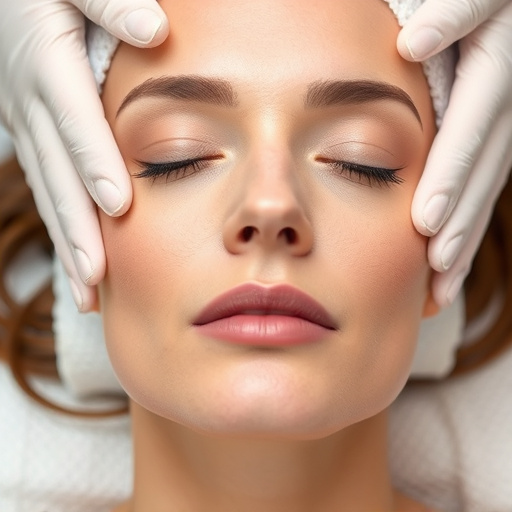Sun damage treatment involves a dual approach: regular sunscreen application (SPF 30+), reapplying every 2 hours or after moisture/swimming, and customized facials by experts to address specific concerns. Skincare routine should include gentle cleansing, weekly exfoliation, hydration, and protection. Advanced treatments like hydrating facials, non-surgical procedures, serums, retinol, vitamin C, hyaluronic acid, chemical peels, laser therapies promote collagen production, skin brightening, and damage repair for a rejuvenated complexion.
Sun exposure can cause significant skin damage over time, from premature aging to more severe issues. Understanding how the sun impacts your skin is the first step towards effective repair. This article guides you through a comprehensive approach to treating and reversing sun damage with a tailored skincare routine. We’ll explore prevention strategies, essential daily steps, and advanced topical treatments for severe cases. Discover expert tips on reclaiming healthy, radiant skin post-sun exposure.
- Understand Sun Damage Impact and Prevention Strategies
- Essential Steps for Daily Skincare Routine to Repair Damage
- Topical Treatments and Professional Interventions for Severe Cases
Understand Sun Damage Impact and Prevention Strategies

Sun damage is a significant concern for many individuals due to its potential long-term effects on skin health. Prolonged exposure to UV rays can lead to premature aging, wrinkles, age spots, and even more severe issues like skin cancer. Understanding the impact of sun damage is the first step towards implementing effective prevention strategies.
Regular sunscreen application is a crucial defense mechanism. Opt for broad-spectrum sunscreens with an SPF of at least 30, reapplying every two hours or immediately after swimming or sweating. Incorporating customized facials into your skincare routine can also be beneficial, as these treatments can target specific sun damage concerns and promote overall skin health. Professional skincare experts can provide guidance on the best approach for your unique skin type and needs.
Essential Steps for Daily Skincare Routine to Repair Damage

Repairing sun damage is a multi-step process that requires dedication and consistency. A robust skincare routine is key to reversing and preventing further degradation caused by UV rays. The essential steps involve cleansing, exfoliation, hydration, and protection. Begin your day with a gentle cleanser to remove impurities and end it with a rich moisturizer, sealing in hydration for a plumper, healthier complexion. Exfoliate twice weekly to slough off dead skin cells, enhancing product penetration and promoting cell turnover.
Consider incorporating hydrating facials or non-surgical treatments for an extra boost of nourishment and radiance. These advanced procedures can stimulate collagen production and even out skin tone, leaving your skin looking brighter and more youthful. Additionally, don’t underestimate the power of skin brightening serums; they contain active ingredients that target dark spots and hyperpigmentation, enhancing overall sun-damaged skin repair.
Topical Treatments and Professional Interventions for Severe Cases
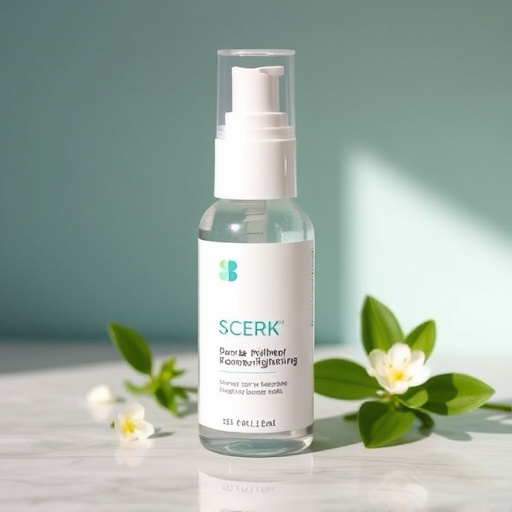
In severe cases of sun damage, a robust skincare routine may not be enough to achieve significant improvement. This is where topical treatments and professional interventions come into play, offering more advanced solutions for repairing and preventing further damage. Topical creams containing ingredients like retinol, vitamin C, and hyaluronic acid can help stimulate collagen production, brighten the skin, and hydrate damaged areas. These products are easily accessible and often provide noticeable results when incorporated into a consistent skincare regimen.
For more severe sun damage or stubborn hyperpigmentation, professional treatments such as chemical peels, laser hair removal, and anti-aging treatments like intense pulsed light (IPL) therapy can be highly effective. These procedures target specific skin concerns, breaking down damaged skin cells and promoting the growth of healthier, younger-looking skin. Skin rejuvenation techniques, including microdermabrasion and certain types of lasers, can also help smoothen rough textures, minimize fine lines, and even out skin tone, leaving you with a radiant, rejuvenated complexion.
Sun damage can be repaired and prevented with a consistent skincare routine focused on protection and repair. By understanding the impact of UV rays, implementing daily essential steps, and exploring topical treatments or professional interventions for severe cases, you can achieve healthier, more vibrant skin. Remember, the key to effective sun damage treatment lies in consistency and proactive care.
